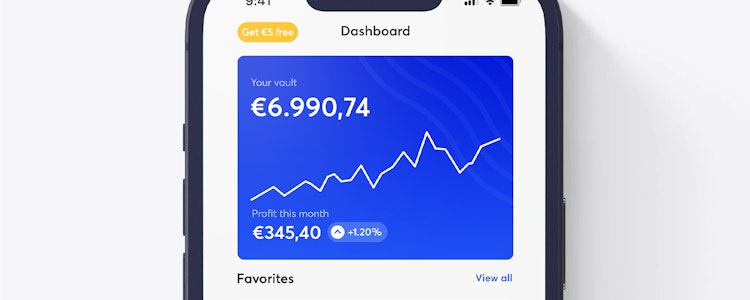News - What is a timestamp in the blockchain?
What is a timestamp and what role does it play in the blockchain? Also: What secret does the very first timestamp tell about the inventor of Bitcoin?
A blockchain consists of many components, all of which are important to contribute to the functioning of the technology. One of these components is the timestamp.
What is a timestamp in the blockchain?
A timestamp is used to assign a date and time to a block in the blockchain. This time is measured in "Unix Time." This is the number of seconds that have elapsed since Jan. 1, 1970 - the date the Unix operating system, or rather its calendar, was launched. At the time of publication of this article, Unix Time is 1688104800 (June 30, 2023 at 8:00, UTC+2).
The timestamp guarantees the integrity and authenticity of the blocks and their uniqueness. In addition, the timestamp shows when a block was validated and released by the miners. The integration of the timestamp ensures that each block has a unique place in the blockchain and later cannot be manipulated. So ultimately, this stamp plays an essential role in maintaining the trust factor in blockchain systems.
But the transactions themselves also have timestamps. This is because when a transaction is created, the exact time of creation is recorded in the form of a digital signature. This signature is based on both the content of the transaction and the current timestamp. This ensures that the transaction occurred at a specific time and cannot be changed afterwards.
Timestamp in the Bitcoin Genesis Block
The Bitcoin Genesis Block, i.e., the very first Bitcoin block that ever mined is, and its successor also have a special feature regarding the timestamp.
Normally, the average time between two blocks is about ten minutes. However, the timestamp of the second block is six days behind the first block. According to this timestamp, the blockchain must have been idle for six days.
Why this is so is still not clear. One theory is that Satoshi Nakamoto mined a few test blocks in the interim, which he then removed before restarting the blockchain after six days. Whether it's really true? Only the inventor of Bitcoin himself knows that.






